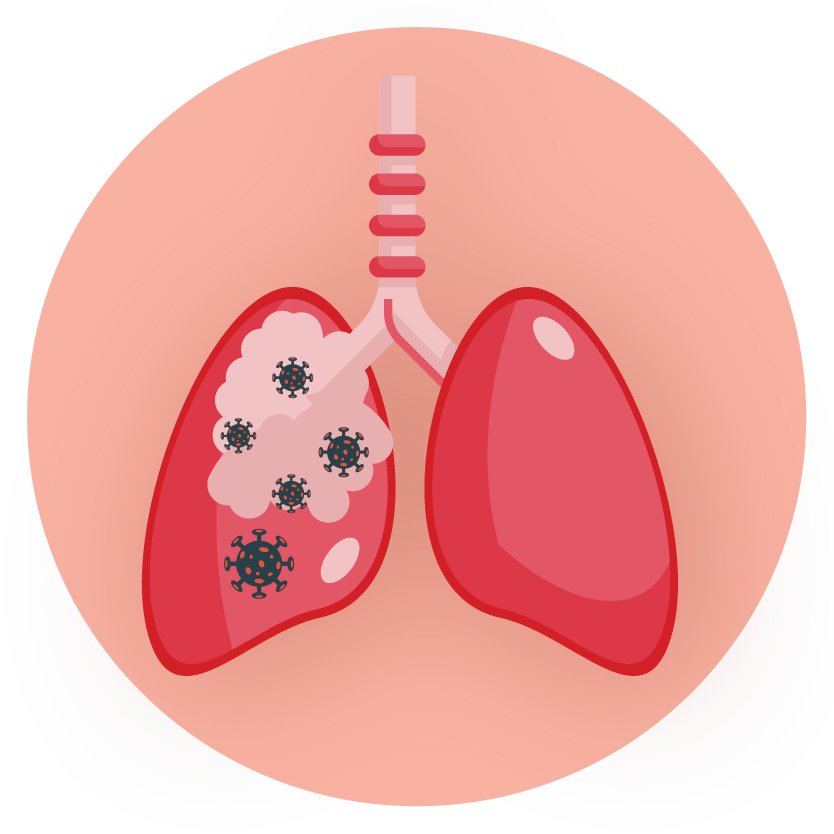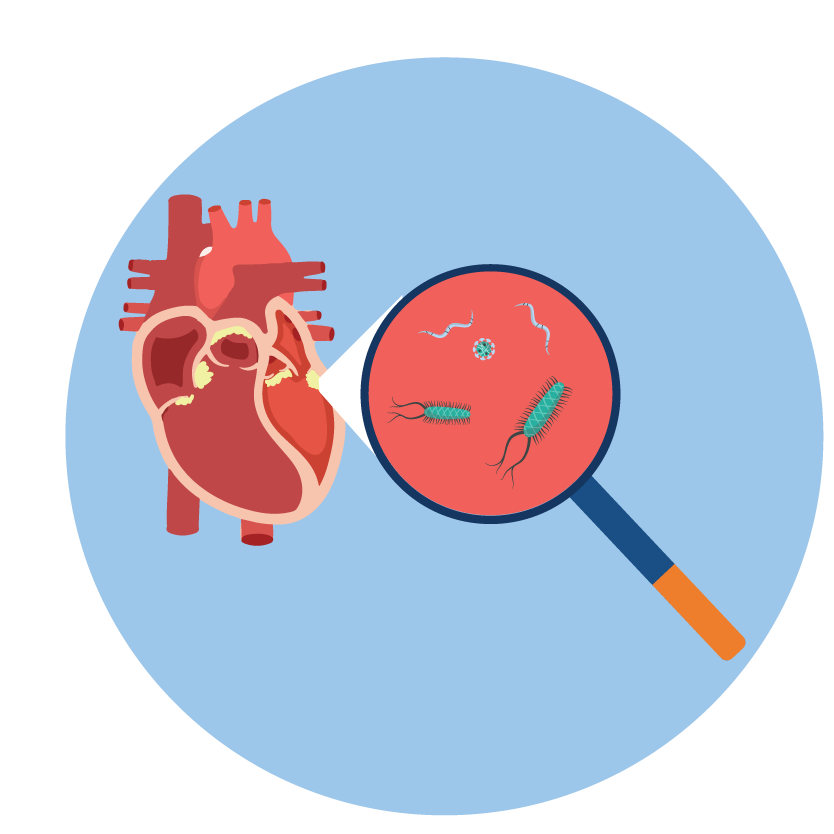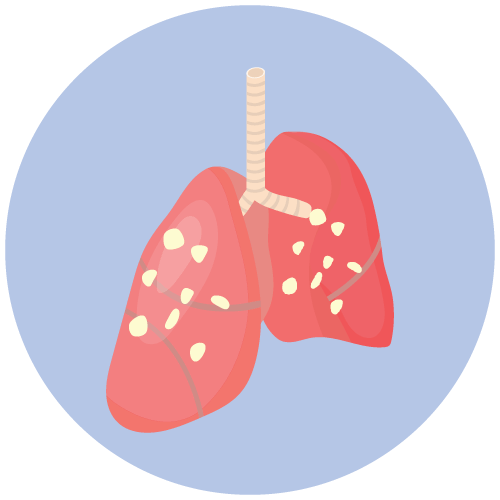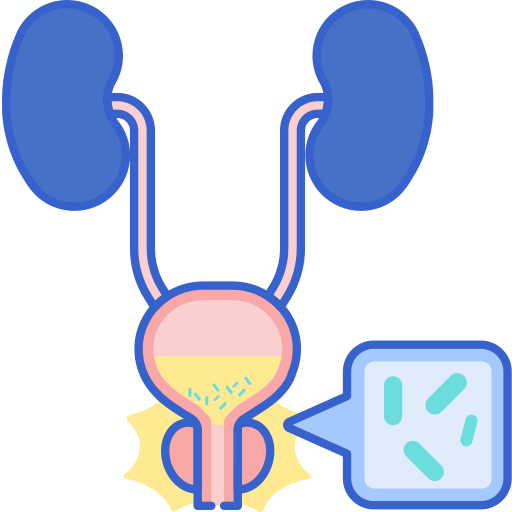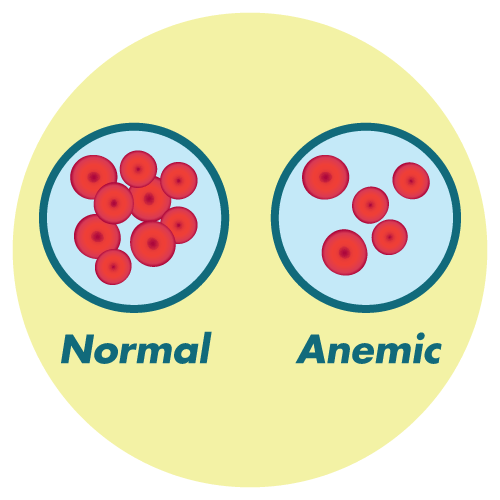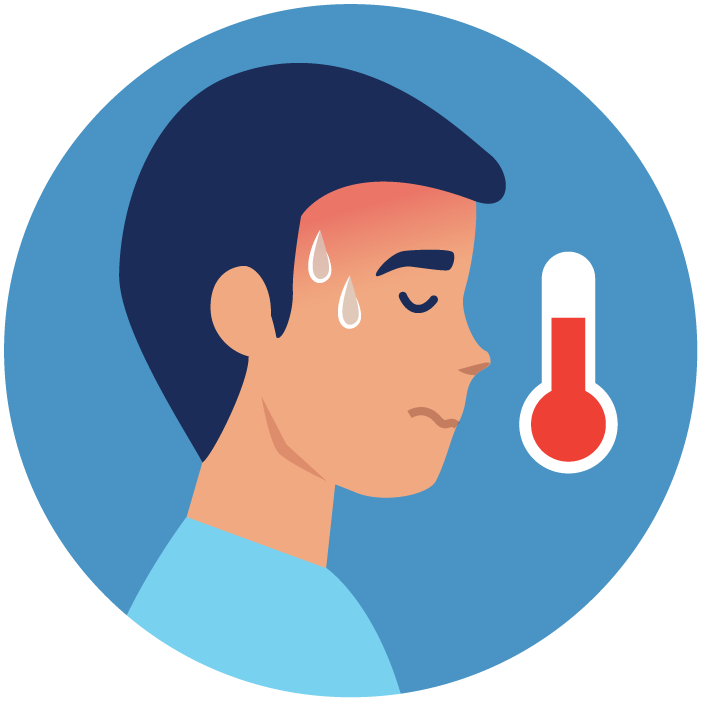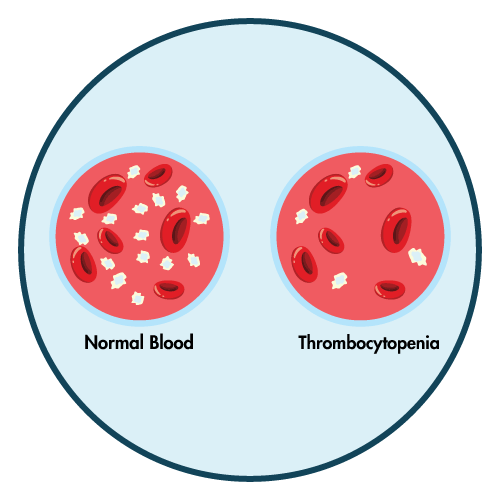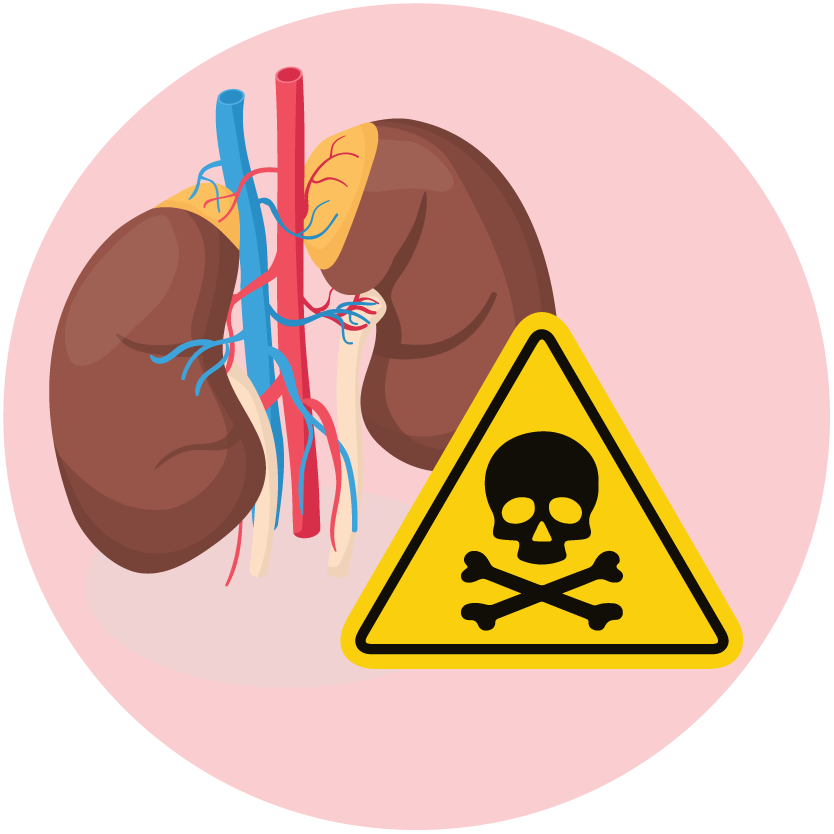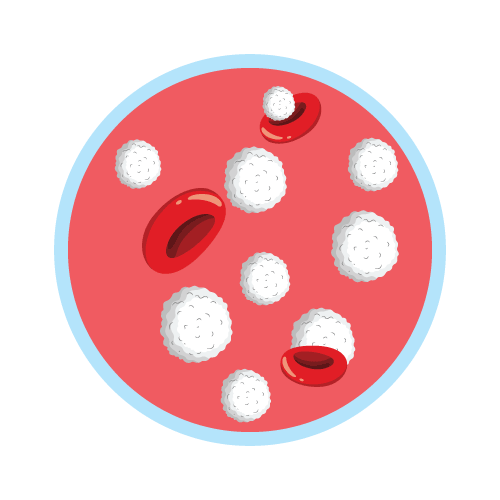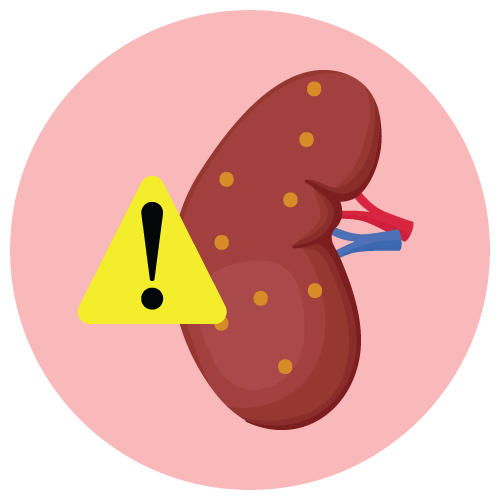| Name | Dihydrostreptomycin |
| Classes |
Antiinfective Agent Antibiotic Aminoglycoside |
| Diseases |
Infectious Disease TB (Tuberculosis) |
Dihydrostreptomycin
Dihydrostreptomycin is an antibiotic of the aminoglycoside class. It kills bacteria by inhibiting bacterial protein synthesis.
Streptomycin is indicated for the following infections-
- Tuberculosis
- Pasteurella pestis (plague)
- Francisella tularensis (tularemia),
- Brucella
- Calymmatobacterium granulomatis (donovanosis, granuloma inguinale)
- H. ducreyi (chancroid),
- H. influenzae (in respiratory, endocardial, and meningeal infections - concomitantly with another
antibacterial agent) - K. pneumoniae pneumonia (concomitantly with another antibacterial agent)
- E.coli, Proteus, A. aerogenes, K. pneumoniae, and Enterococcus faecalis in urinary tract infections
- Streptococcus viridans, Enterococcus faecalis (in endocardial infections - concomitantly with penicillin),
- Gram-negative bacillary bacteremia (concomitantly with another antibacterial agent).
Intramuscular
Tularaemia
Adult: 1-2 g daily in divided doses for 7-14 days until the patient is afebrile for 5-7 days.
Child: 15 mg/kg bid for at least 10-14 days. Max: 2 g daily.
Child: 15 mg/kg bid for at least 10-14 days. Max: 2 g daily.
Intramuscular
Bacterial endocarditis
Adult: Streptococcal endocarditis: 1 g bid for 1 wk, then 500 mg bid for the 2nd wk. Enterococcal endocarditis: 1 g bid for 2 wk then 500 mg bid for an additional 4 wk. Doses are given in combination w/ penicillin.
Child: Enterococcal endocarditis: 20-30 mg/kg daily in 2 divided doses, in combination w/ penicillin.
Elderly: Streptococcal endocarditis: >60 yr 500 mg bid for the entire 2 wk period.
Child: Enterococcal endocarditis: 20-30 mg/kg daily in 2 divided doses, in combination w/ penicillin.
Elderly: Streptococcal endocarditis: >60 yr 500 mg bid for the entire 2 wk period.
Intramuscular
Tuberculosis
Adult: 15 mg/kg as a single dose daily. Max: 1 g daily. As part of intermittent regimen: 25-30 mg/kg 2-3 times wkly. Max: 1.5 g/dose.
Child: 20-40 mg/kg as a single dose daily. Max: 1 g daily. As part of intermittent regimen: 25-30 mg/kg 2-3 times wkly. Max: 1.5 g/dose.
Elderly: >40 yr Max: 500-750 mg daily.
Child: 20-40 mg/kg as a single dose daily. Max: 1 g daily. As part of intermittent regimen: 25-30 mg/kg 2-3 times wkly. Max: 1.5 g/dose.
Elderly: >40 yr Max: 500-750 mg daily.
Intramuscular
Plague
Adult: 2 g daily in 2 divided doses for a minimum of 10 days.
Child: 30 mg/kg daily in 2-3 divided doses. Max: 2 g daily.
Child: 30 mg/kg daily in 2-3 divided doses. Max: 2 g daily.
Intramuscular
Bacteraemia, Brucellosis, Meningitis, Pneumonia, Urinary tract infections
Adult: For concomitant use w/ other agents and as 2nd line agent: 1-2 g daily in divided doses 6-12 hrly. Max: 2 g daily.
Child: 20-40 mg/kg daily in divided doses 6-12 hrly.
Child: 20-40 mg/kg daily in divided doses 6-12 hrly.
Side effects associated with streptomycin are as follows-
- Neurotoxic reactions
- paraesthesia of face
- rash
- fever
- angioneurotic oedema
- eosinophilia
- exfoliative dermatitis
- azotemia
- leucopenia
- thrombocytopenia
- pancytopenia
- haemolytic anaemia
- muscular weakness
- amblyopia
Potentially Fatal: Resp paralysis from neuromuscular blockade, Clostridium difficile-associated diarrhoea, anaphylaxis; rarely, nephrotoxicity.
- Individuals handling Streptomycin for Injection should exercise caution to avoid skin sensitivity reactions.
- Streptomycin for Injection, like all intramuscular preparations, should be injected deep within the body of a rather big muscle, with caution required to avoid damaging peripheral nerves.
- In the case of underlying renal impairment, selecting a dose regimen requires extreme caution. In highly uremic patients, a single dose may cause elevated blood levels for several days, with ototoxic consequences as a result of the cumulative effect.
- When taking streptomycin for a long time, alkalinization of the urine can help to reduce or eliminate renal discomfort.
- In extremely young newborns whose streptomycin dosage had surpassed the permissible limits, a state of apparent central nervous system depression has been documented, characterized by lethargy and flaccidity, occasionally coma, and severe respiratory depression.
Contraindication
Contraindicated in patients hypersensitive to streptomycin or other aminoglycosides-
Contraindicated in patients with severe kidney problems.
 Bangla
Bangla English
English